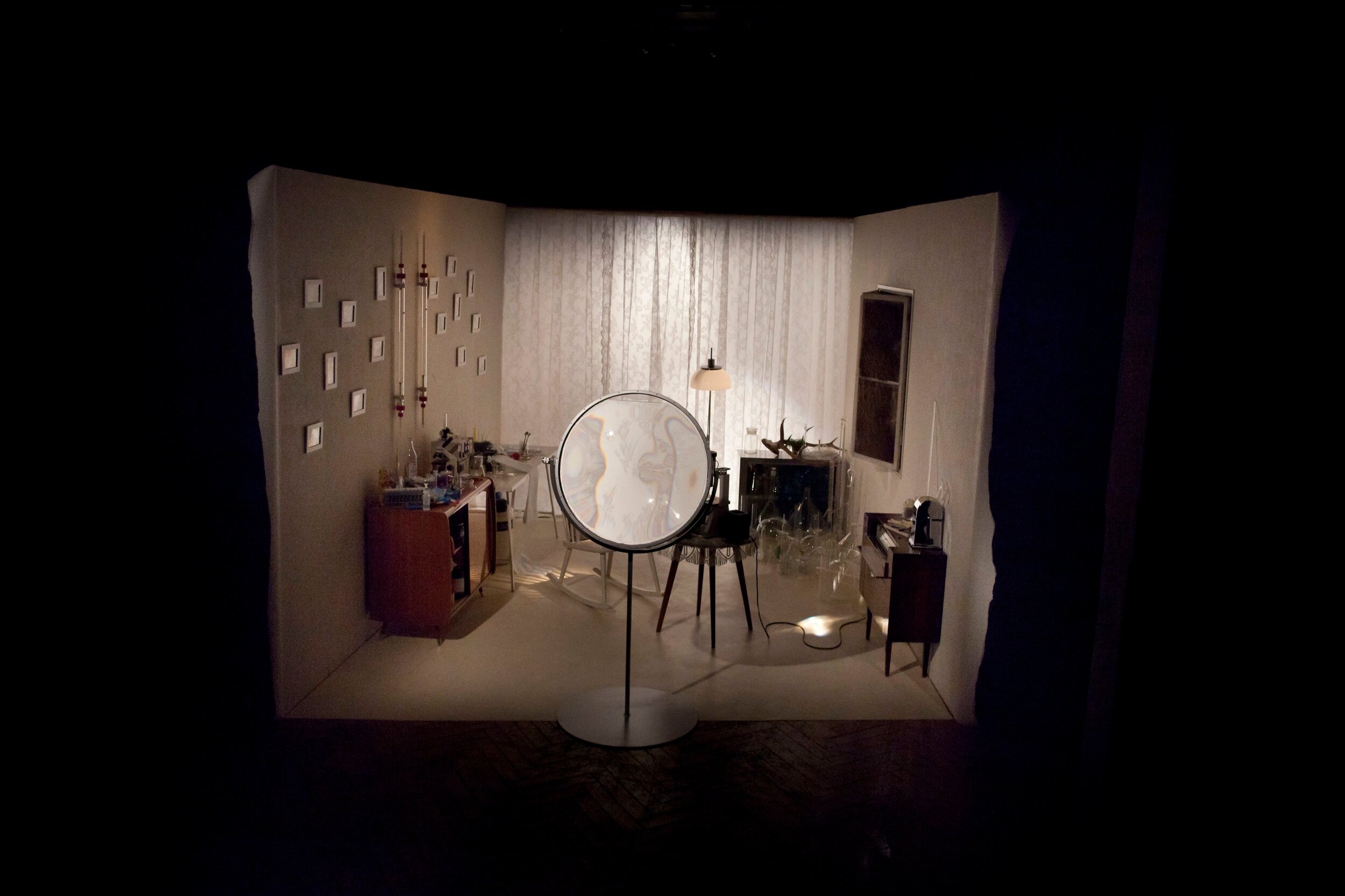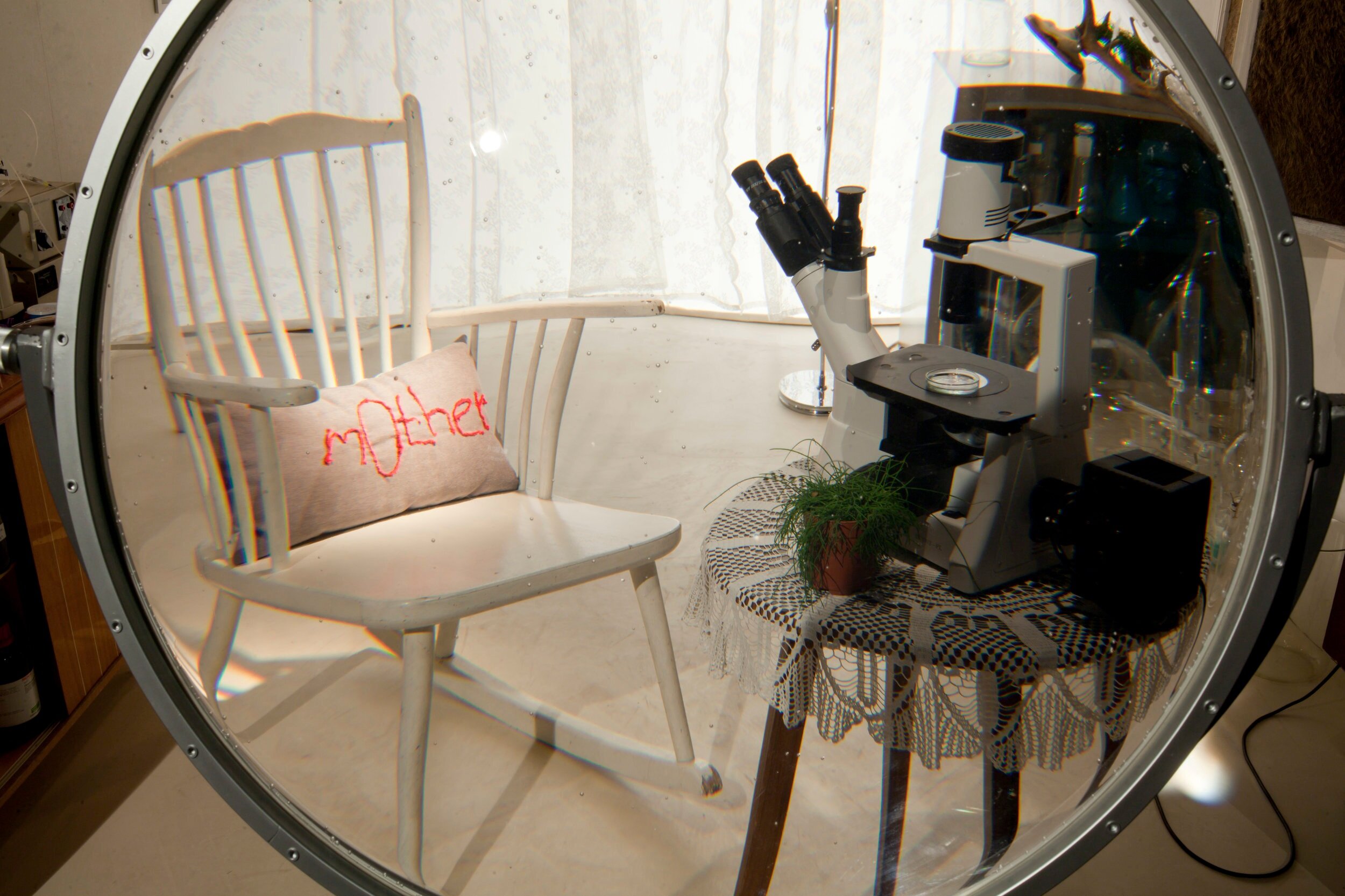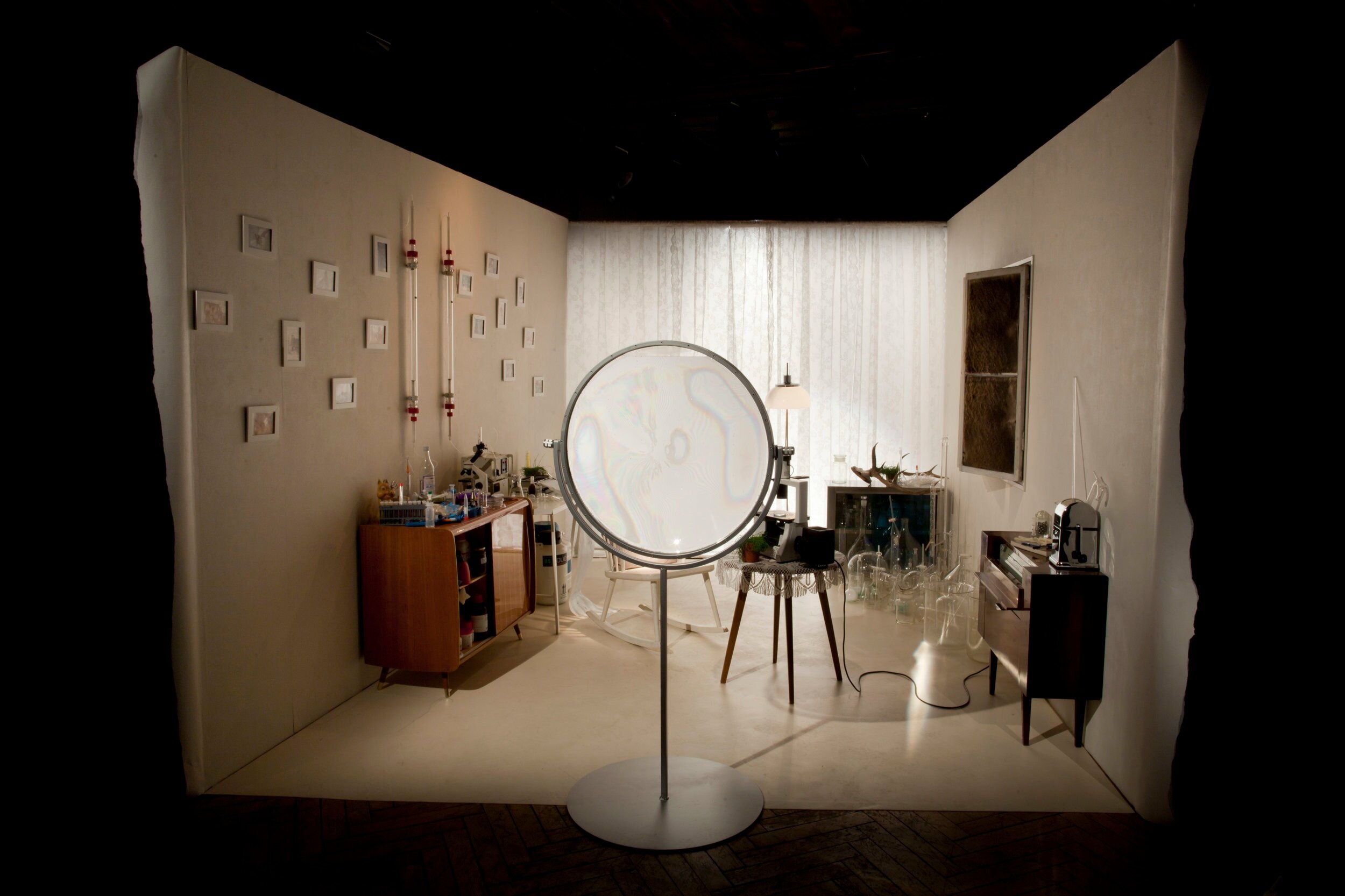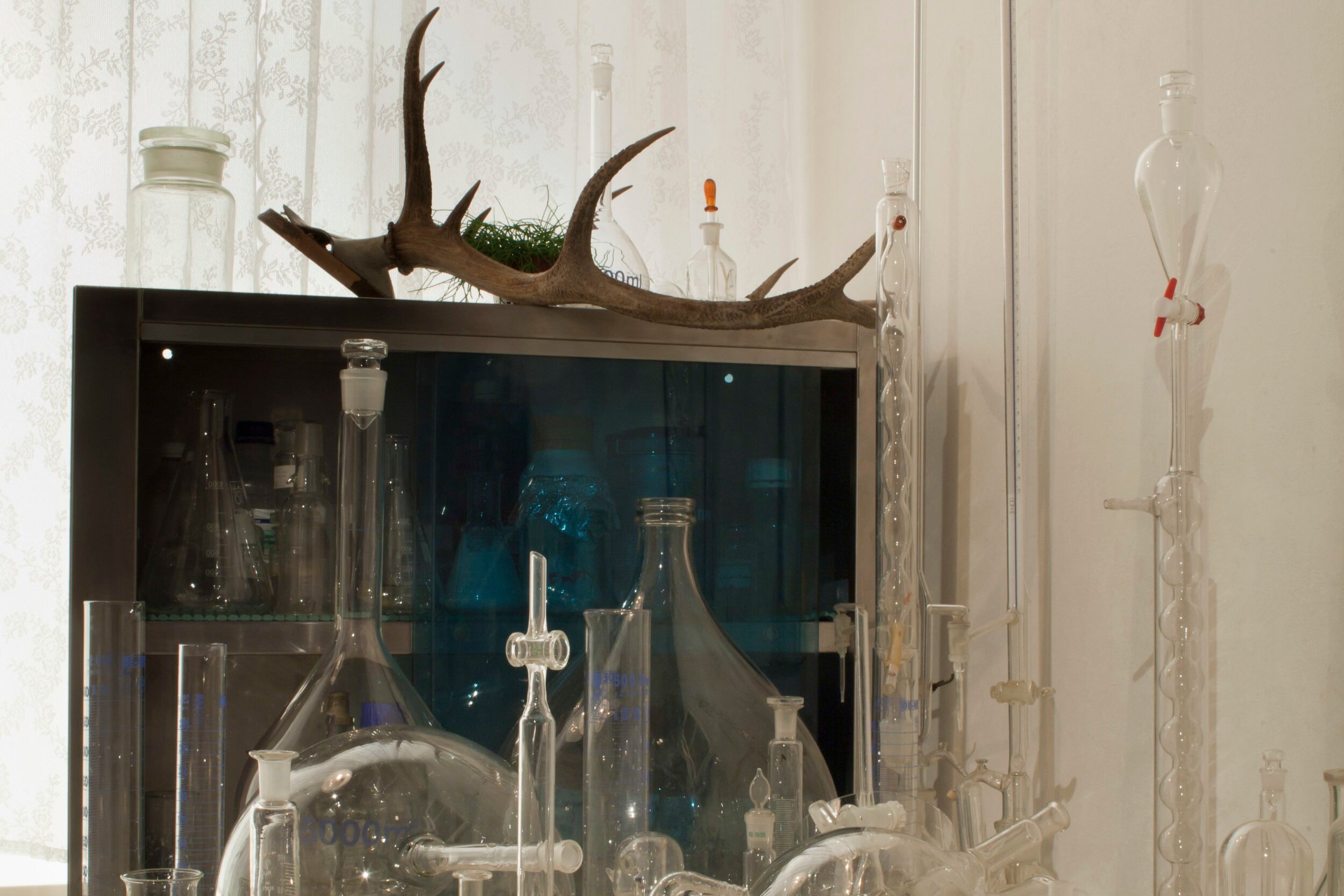ARTE_mis
2017
The concept for the ARTE_mis project contains a further observation on our zeitgeist, what we might call the thanatopolitical dimension of contemporary biopolitical practices. These are the challenges that call for new ‘ecologies’. In the face of disappearing natural resources and the increasing demand for them, the global migration flows, overpopulation and consequently threats to the environment and biodiversity, all evoked by a globalized capitalist system that seems to pursue its path of destruction until everything is consumed, I try to explore, in ARTE_mis, the arts of living on a damaged planet, the possibility of life in these capitalist ruins. I am further dwelling on the myth of humanity, which has been based on universal values and our exceptionalism, always excluding some that didn’t correspond to the ideal which underlies the apparent. There have always been fine gradations within the category of the human, according to gender, race, class, culture, nation, religion, species and so on. Therefore, not all of us can say, with any degree of certainty, that we have always been human, or that we are only that. By dwelling on problems of our current social ecology, I am trying to initiate a debate on what conventional law based ethical phrases such as „compromising human dignity“ even mean.
Ecologically, ARTE_mis connects three carnivorous species: human, dog and wolf, where the last two are genetically 99.9% identical. Ever since the beginning of our existence, all three species have been regulating the environment together, although the wolf is now an endangered species, and therefore nihilistically absent from the formal dimension of this project. On the other hand, humans and dogs became the largest invasive species on the planet. Therefore, I symbolically placed our cell materials in an equal, cohabitating relationship, as an artistic artefact. An installation set up as a surrealistic emotional memory of an intimate room hosts a microscope through which a hybrid cell is offered up for observation.
In BioTehna - a Laboratory for artistic research of living systems, within the regulated biotechnological protocols, a team of collaborators and I, juxtaposed contemporary biotechnological abilities next to the mythologies on humans and animals. These have been imprinted into human consciousness ever since the beginnings of culture.
A reproductive cell has been in vitro enucleated in a laboratory with micromanipulators. Then it was left under a UVC light for 30 minutes, so as to achieve decomposition of all DNA in the cell. The leftover membrane of enucleated reproductive cell was fused with a dog's somatic cell, isolated out of her saliva, through the process of electroporation. Since a reproductive cell „programmes“ the nucleus to divide, after 7 divisions, the aggregate of 128 cells, on the 6th day, a blastocyst occures.
ARTE_mis has been left to divide just up to the stage before the formation of a blastocyst. It was then frozen to a – 198 degrees Celsius, after a 3rd day of growth. It got reanimated for the exhibition, with the nutrition and hormone feeding stopped, so that the cell stays frozen in time.
Despite the fact that the project carries a plethora of biotechnological potentials, it at the same time primarily serves as a civil tactical media act. Even though the hybrid cell exists frozen in liquid nitrogen, it evokes a public discourse and serves as a reference to the theory of Rosi Braidotti, who requires us to think beyond humanist limitations, in order to embrace the risks that becoming other - than human will bring in the future. ... as well as to embrace the ones we are already facing in the present.
ARTE_mis Exhibition at Kapelica Gallery, Ljubljana, Slovenia // March 2017 // Photo: Miha Fras
Expert consultancy and support: G. Šutic
Logistic support and light consultancy: Miloš Vujkovic
Technical support and light design: Jure Sajovic, Boris Britovšek
Acknowledgment: Ada and Byron
Laboratory equipment: Kambic Laboratorijska oprema, Iskra Pio, Domel
Production: Kapelica Gallery, Ljubljana, Slovenja 2017
Part of an international project DITOs (Doing It Together Science)
The program of Kapelica Gallery supported by the European Comission - Creative Europe and Horizon2020, Ministry of Culture of the Republic of Slovenia and the Department of Culture of the Municipality of Ljubljana





